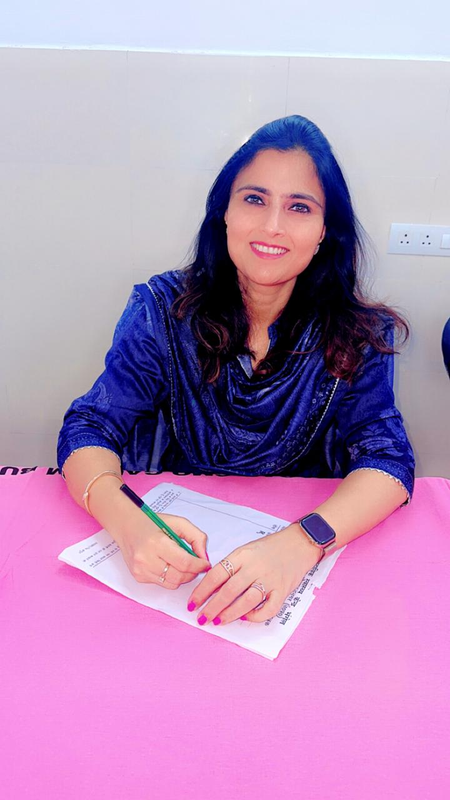New Delhi, 22 May (IANS). Every year 22 May is celebrated as World Pre-Aclampsia Day, aimed at spreading awareness about pre-Eclampsia during pregnancy. In this series, news agency IANS had a special conversation with Dr. Meera Pathak, Senior Medical Officer of CHC Bhangel, Noida. Dr. Pathak explained the symptoms, causes and prevention measures of pre-eclampsia.
Dr. Pathak said that pre-eclampsia is a pregnancy-related disorder that is seen in about five to eight percent of pregnant women. It is also called a silent killer because its symptoms are very subtle and do not come up until a fatal situation is formed. He said that if the blood pressure of the woman usually goes above 140/90 after 20 weeks of pregnancy, swelling in the body and the amount of protein in urin increases, it is considered pre-eclampsia. If any of these three symptoms are present, then immediate vigilance is necessary.
He said that the main cause of pre-eclampsia is the abnormalities in the placenta. Its risk factors include diseases like young age (below 18 years), older (over 40 years), first pregnancy, already hypertension, heart, langs, diabetes or thyroid, earlier pregnancy includes pre-eclampsia, twin or molar pregnancy, and more weight.
Talking about diagnosis, Dr. Pathak said that most women have no specific symptoms, but high BP (140/90 or above) is found during regular examination. Other symptoms include headaches, staining or dual vision, swelling in the hands and feet, upper abdominal pain, vomiting, weight gain more than four kilograms in a month, foam or volume decrease in urine. In severe cases the patient may get seizures or she can go into a coma.
Talking about the complications of pre-eclampsia, Dr. Pathak said that uncontrolled BP can cause brain stroke, seizures, help (HELP) syndrome (bearing on liver, increasing bleeding tendency, platelet count phenomenon), heart failure, kidney failure and coma. This condition can be even more dangerous for the fetus – such as miscarriage, death of a baby in the womb, IUGR (intrauterine development retardation), lack of amniotic fluid and premature delivery.
He said that the treatment of this condition begins mainly with blood pressure monitoring and protein testing. Also, lifestyle changes like morning walk, exercise, yoga, reduce stress are beneficial. It is advisable to avoid processed food, sugar, salt and oily food. Blood pressure control medicines are also given as per requirement. But its definition is the only treatment delivery. If the woman’s condition is stable and there is no organ damage, pregnancy is taken safe for 37 weeks and then delivery is done, whether it is normal or caesarean. But if the patient’s condition deteriorates, blood pressure is not controlled, effects on organs start appearing or the patient starts visiting, then the doctors immediately premature delivery to save the mother’s life.
Dr. Pathak said that sometimes the condition of pre-eclampsia may arise even after delivery. BP can usually increase within 48 hours of delivery and this condition may persist for six weeks. In such cases, there is a risk of high blood pressure disease in future.
-IANS
PSK/Ekde






